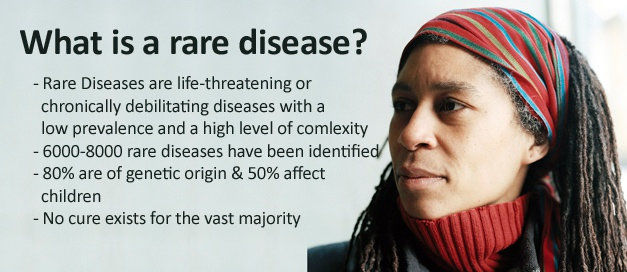Social Justice
National Rare Disease Policy 2021
- 05 Apr 2021
- 5 min read
Why in News
Recently, the Ministry of Health and Family Welfare has approved the National Rare Disease Policy 2021.
- Earlier, the Delhi High Court had directed the Centre to set up a Rare Diseases Committee, a Rare Diseases Fund and to finalise and notify the National Health Policy for Rare Diseases on or before 31st March, 2021.
Key Points
- Aim:
- To increase focus on indigenous research and local production of medicines.
- To lower the cost of treatment of rare diseases.
- To screen and detect rare diseases early at early stages, which will in turn help in their prevention.
- Major Provisions of the Policy:
- Categorization:
- The policy has categorised rare diseases in three groups:
- Group 1: Disorders amenable to one-time curative treatment.
- Group 2: Those requiring long term or lifelong treatment.
- Group 3: Diseases for which definitive treatment is available but challenges are to make optimal patient selection for benefit, very high cost and lifelong therapy.
- The policy has categorised rare diseases in three groups:
- Financial Support:
- Those who are suffering from rare diseases listed under Group 1 will have the financial support of up to Rs. 20 lakh under the umbrella scheme of Rashtriya Arogya Nidhi.
- Rashtriya Arogya Nidhi: The Scheme provides for financial assistance to patients, living below poverty line (BPL) and who are suffering from major life threatening diseases, to receive medical treatment at any of the super specialty Government hospitals / institutes.
- Beneficiaries for such financial assistance would not be limited to BPL families, but extended to about 40% of the population, who are eligible as per norms of Pradhan Mantri Jan Arogya Yojana, for their treatment in Government tertiary hospitals only.
- Those who are suffering from rare diseases listed under Group 1 will have the financial support of up to Rs. 20 lakh under the umbrella scheme of Rashtriya Arogya Nidhi.
- Alternate Funding:
- This includes voluntary crowdfunding treatment by setting up a digital platform for voluntary individual contribution and corporate donors to voluntarily contribute to the treatment cost of patients of rare diseases.
- Centres of Excellence:
- The policy aims to strengthen tertiary health care facilities for prevention and treatment of rare diseases through designating eight health facilities as 'Centres of Excellence' and these will also be provided one-time financial support of up to Rs. 5 crore for upgradation of diagnostics facilities.
- National Registry:
- A national hospital-based registry of rare diseases will be created to ensure adequate data and comprehensive definitions of such diseases are available for those interested in research and development.
- Categorization:
- Concerns Raised:
- Lack of Sustainable Funding:
- Unlike conditions under Group 1 and Group 2, patients with Group 3 disorders require sustainable treatment support.
- In the absence of a sustainable funding support for Group 3 patients, the precious lives of all patients, mostly children, are now at risk and at the mercy of crowdfunding.
- Lack of Drug Manufacturing:
- Where drugs are available, they are prohibitively expensive, placing immense strain on resources.
- Currently few pharmaceutical companies are manufacturing drugs for rare diseases globally and there are no domestic manufacturers in India except for those who make medical-grade food for those with metabolic disorders.
- Lack of Sustainable Funding:
- There are 6,000-8,000 classified rare diseases, but less than 5% have therapies available to treat them.
- Example: Lysosomal Storage Disorders (LSD), Pompe disease, cystic fibrosis, muscular dystrophy, spina bifida, haemophilia etc.
- About 95% rare diseases have no approved treatment and less than 1 in 10 patients receive disease-specific treatment.
- These diseases have differing definitions in various countries and range from those that are prevalent in 1 in 10,000 of the population to 6 per 10,000.
- However broadly, a ‘rare disease’ is defined as a health condition of low prevalence that affects a small number of people when compared with other prevalent diseases in the general population. Many cases of rare diseases may be serious, chronic and life-threatening.
- India has close to 50-100 million people affected by rare diseases or disorders, the policy report said almost 80% of these rare condition patients are children and a leading cause for most of them not reaching adulthood is due to the high morbidity and mortality rates of these life-threatening diseases.







